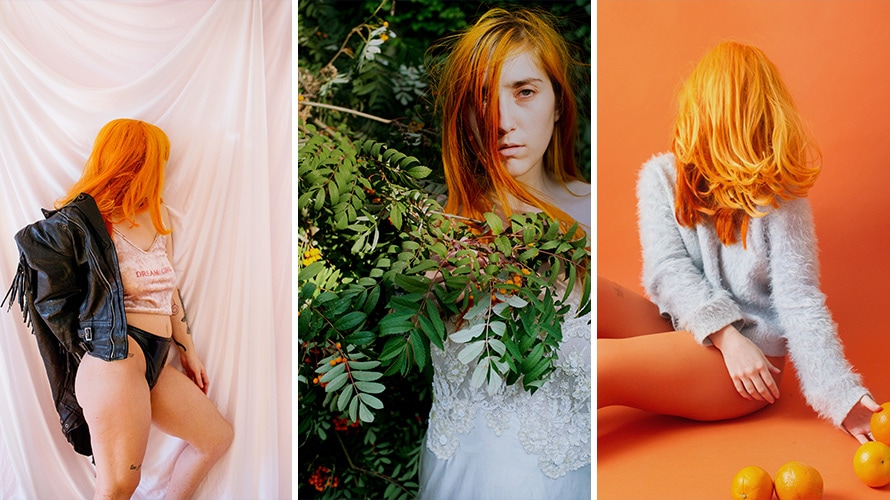Inspiration meets innovation at Brandweek, the ultimate marketing experience. Join industry luminaries, rising talent and strategic experts in Phoenix, Arizona this September 23–26 to assess challenges, develop solutions and create new pathways for growth. Register early to save.
In an era rife with discussion over gender equality and diversity, traditional expectations of masculinity and femininity are changing shape. In fact, gender defiance is the new rule. Every day, trending hashtags like #LGBTQTogether, #LGBTQUnite or #LGBTQRuleTheWorld show thousands of Gen Zers breaking down stereotypes by proudly wearing and being what makes them feel good.
On the Cannes Lions stage this week, a comment from young artist Laurence Philomène depicted this ideology perfectly: “I am a human outside of being gendered.”

While our generation will fight for equality for all, Gen Z will fight so that all can become their most beautiful, authentic selves. And as queer and nonconformist people grow in number, previously gendered products like beauty and fashion are already at the forefront of this shift.
Beauty and fashion redefined
Gen Z attitudes about social progression and gender fluidity are reshaping traditional beauty norms, and brands have a major creative opportunity in the realm of male and gender-neutral beauty. Gen Z beauty spending is up a reported 20% from a year ago as teens continue to spend on makeup and skincare, and it’s not just female-identifying people who are doing so. Just look at the most prominent beauty influencers working today, from Jeffree Star to Nikita Dragun to James Charles, many identify as male, trans or non-binary. These are the role models leading the way. Since then, brands like MAC, Marc Jacobs and others have launched non-gendered makeup lines.
So, why young men are into cosmetics now? For the same reason young women are proud of their armpit hair: They all connect outside of gender lines.
The gender-bending influence is also rocking the fashion world, with recent campaigns like YSL’s latest men’s collection and Gucci’s “Chime for Change” gender equality campaign showcasing the enthusiasm for diversity across social media and in real life.

All industries, all year long
The opportunity here for brands is both product expansion in the realm of gender-neutral products and diversity messaging.
Supporting new forms of self-expression regardless of gender shows that your brand cares about being part of the new message of social progress and inclusion, something that’s important to young generations. Millennial and Gen Z consumers expect brands to take a public stance on social and political issues, and 60% of these shoppers say brands should post about their opinions on social media.
This is worth more than one month of advertisement in June. It should become an always-on strategy for all brands across all industries.
A new approach to business
This means marketers might have to change their approach to consumers and talent alike. Because we’re moving beyond marketing to sexes, it isn’t just products themselves that can be gender neutral: distribution, packaging, advertising and even communications should be as well. This is an opportunity to create new campaigns whose images showcase fluid identities, communities and even families. Simply put, it’s time for brands to be as brave and real as Gen Z is.
To do that well, they will need to bring the younger generations in the room. Their stories need to be told by them. As far as we know, gender norms aren’t the only thing that Gen Z is going to shake up. They will be ambicultural, anti-Facetune and anti-ads. An estimated 69% of Gen Z uses adblockers, so now is the time to be curious and get them on board.
This week at Cannes, the best Gen Z inclusion ideas came from telecom CMOs, including Diego Scotti, who are committed to bringing real people into Verizon’s ads in order to portray real stories. Let that be an inspiration for more to do the same.









